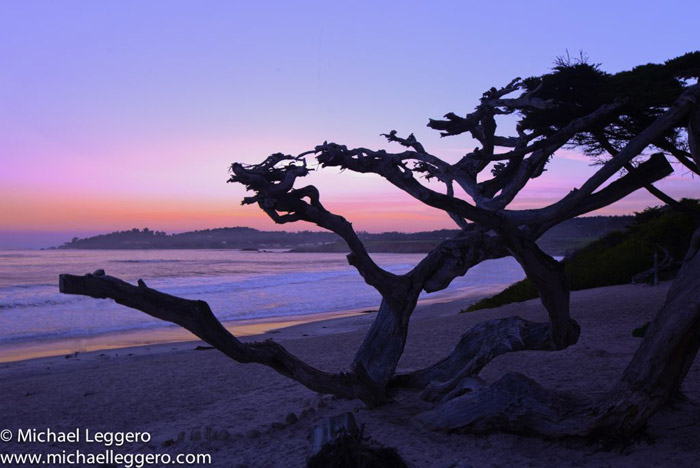
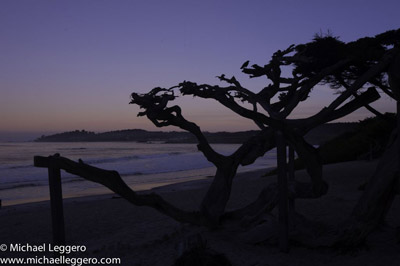
Sunrise at Carmel California Coast
For this image I made exposure changes, dodged the tree in places, added saturation, and removed the man-made objects, such as wood holding up the tree.
Large photo: After post-processing
Today we’re going to talk about photo art and the Zen of image making – creating. There are many opinions out there on the subject of making changes to an image after you get that awesome photo in the middle of nowhere. Some people think that the best picture is completely unedited with no modifications, while others see no problems with editing and making adjustments or enhancements with Photoshop or other post-processing software programs.
Keep in mind as you read this article that this is an opinion article – yes, my opinion. The creation of art is the opinion of all photo artists and for that matter, all artists in general. If you don’t agree with my opinion, then that is awesome, because you aren’t following someone – you are making your own decisions in life!
I’m of the opinion that it’s perfectly O.K. to make the adjustments necessary to make your art as you see it in your mind’s eye. Art isn’t about everyone seeing it the same way. It is very subjective. I really believe that you should not look at someone’s art and say it is wrong just because you don’t like it yourself. There is a vast array of modern pieces of pop art that I personally feel are a waste of canvas, but the artists of course loves his work, along with many others. The same goes for photography.
Unless I am on assignment, when I go out to work I am photographing for my enjoyment – my sense of Zen. When I see a subject that has captured my attention and I lift the camera and look through the viewfinder, I can actually see a wonderful image of the post-processed photo in my head – my imagination runs wild and the changes to the image have already begun! Maybe to you it’s odd that I can see this way, but I think it’s an incredible way to view and become one with the world!
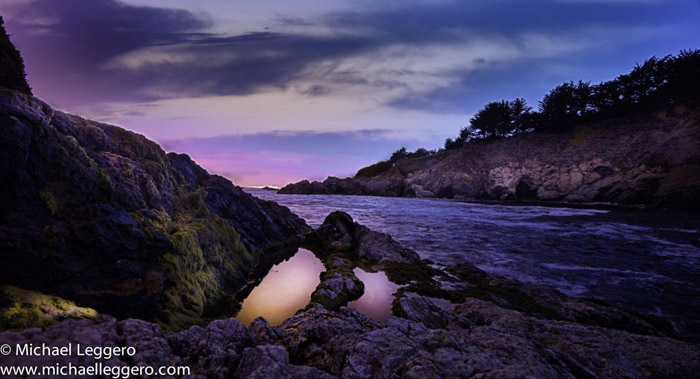
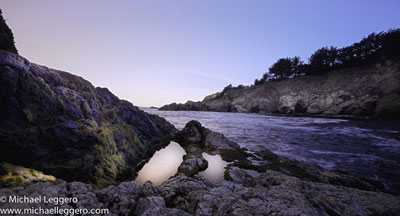
Large photo: After post-processing
California Coast
I made basic exposure and saturation adjustments and added clouds to the sky.
Adding clouds may seem a bit excessive to some people, but nature doesn’t always cooperate with us. Yes, you can say, “Just go back and rephotograph it,” but when you are halfway around the world sometimes that just isn’t an option. Our imagination should be our only limit.
I know how I feel when I see something and it is my goal to overwhelm the viewer’s senses and get an emotional reaction when they look at my photo art. You can’t always portray that with landscapes by merely making simple exposure modifications. For instance: If you darken a sky it immediately adds a more mysterious and dramatic mood. If you take focus away from distracting objects by blurring them, then you can direct the viewer’s attention to the best and most important part of your photograph.
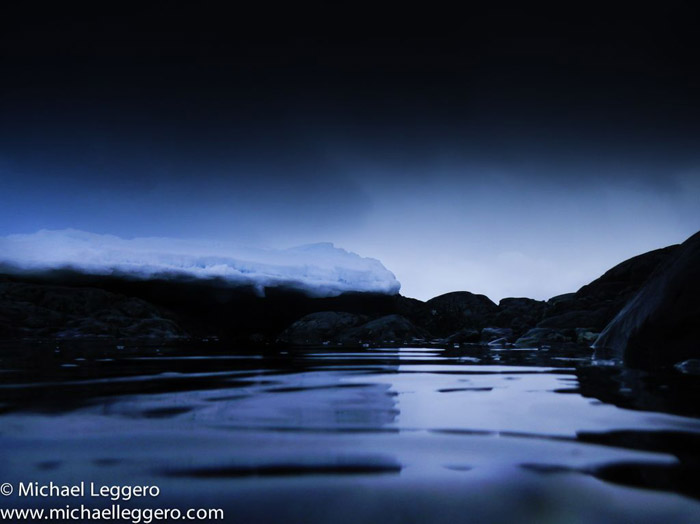
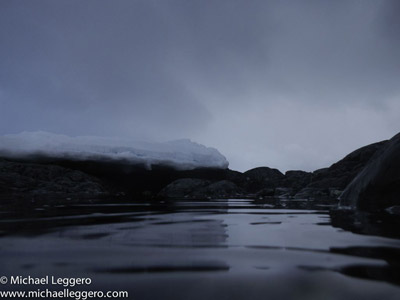
Antarctica at Night
Dramatic changes to the black levels and the exposure made this image more dramatic. And adding blue to the entire image, along with a graduated filter at the top, created additional attention to the night sky.
Large photo: After post-processing
Photoshop and software similar to it are here to stay. Making adjustments to photography has been around forever. This isn’t something new to digital. When I used to work in a darkroom I always used dodging and burning and other ideas to produce effects that I didn’t see in the viewfinder. If you look at some of the original negatives from Ansel Adams you will see that many of them are quite flat and dull. He spent hours in the darkroom perfecting his images to the way he wanted his art to be seen. Today our computers are our darkrooms – it’s no different. The only difference is that modern day photographers don’t know what photo fixer tastes like!
When you go back and process your images, it’s also becomes a Zen process. You’ll decide what you want your end result to be and you’ll find yourself absorbed in that process – how the changing of the look feels to you and how you desire it to feel to others.
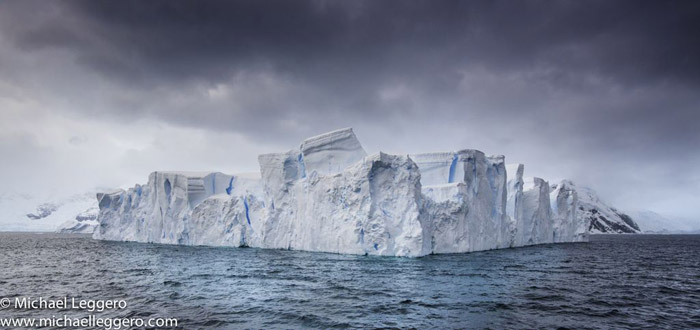
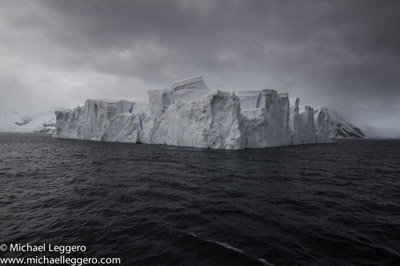
Antarctica – Giant Iceberg
On this stunning iceberg, I wanted my viewer to see the hidden blues within the iceberg and the portion of the iceberg that was under the water. I changed the exposure, white balance and did some dodging.
Large photo: After post-processing
If you want to represent exactly what you saw the day you made the photo, then you will only need to make small adjustments to exposure and white balance and probably some sharpening and noise reduction. These are probably the minimal accepted processing adjustments used to portray what you saw.
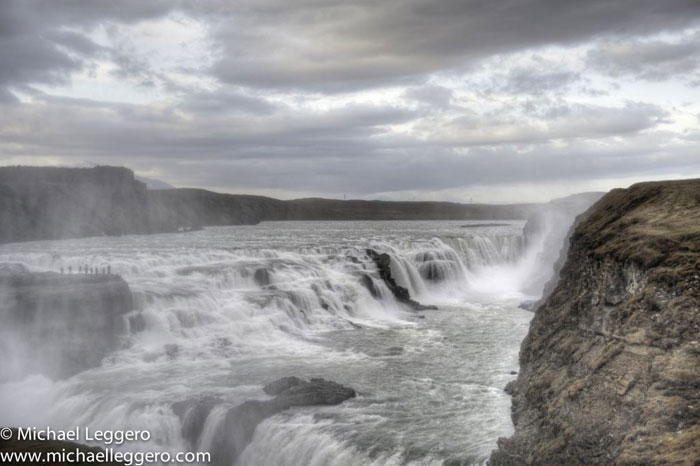
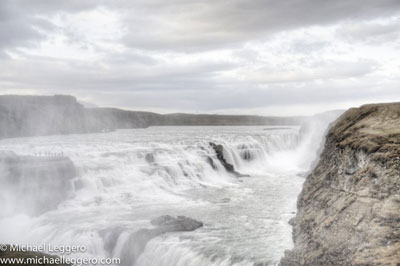
Iceland Gullfoss Waterfall
Simple exposure and saturation adjustments were made.
Large photo: After post-processing
However, did you represent the image with all your senses – your Zen? When you are making nature photos, you can feel the wind swirling around you and you have the opportunity to touch the textures – the grass, the flower petals, the rocks and trees. You can taste the salt air, you can feel the heat of the sun on your back, you can smell the odors of nature, and you can hear the birds singing and the crashing of the waves. You have intertwined with nature.
Here are some examples of a few more of my original images and the modifications that I made to show my vision.
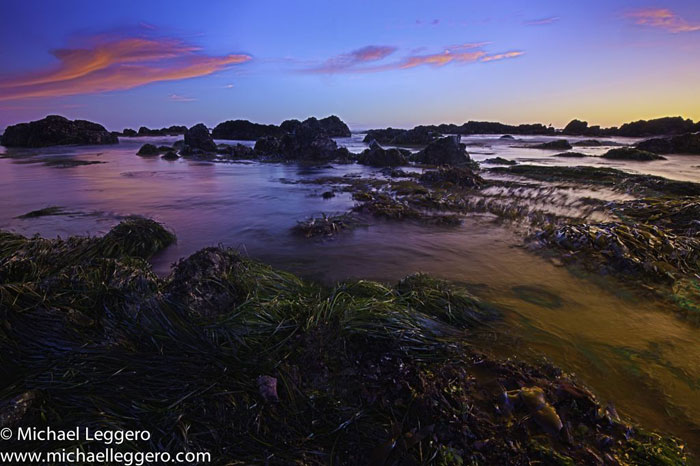
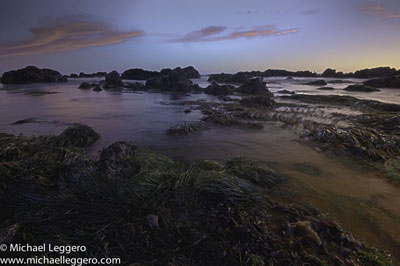
Ocean Seaweed Beds
Here I made some basic exposure and saturation adjustments.
Large photo: After post-processing
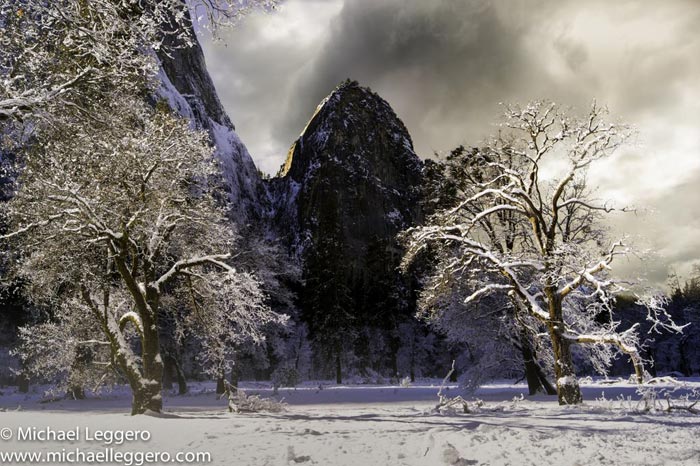
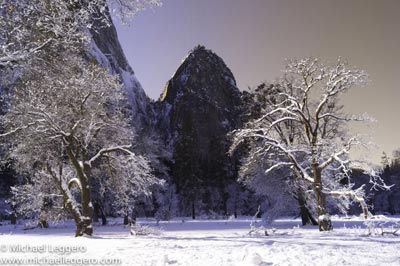
Yosemite National Park in Winter
I only made some slight changes in tone to give it more of a sunlit effect. The big change was adding some clouds to an otherwise boring sky.
Large photo: After post-processing
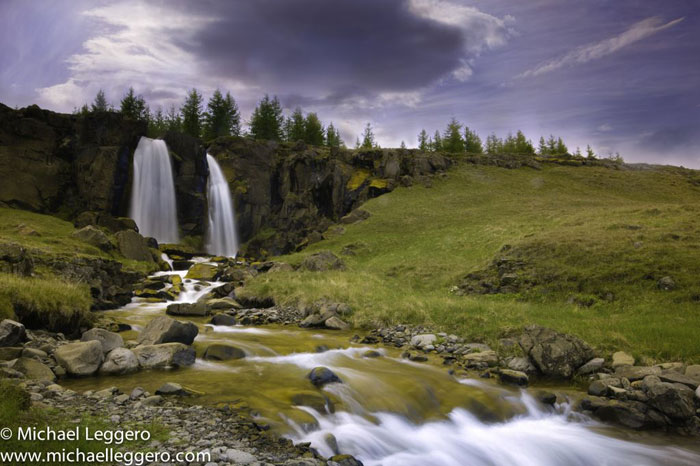
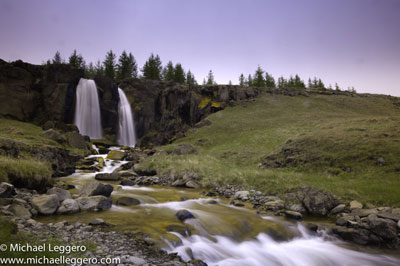
Iceland Roadside Waterfall
The changes here included adjusting the white balance a bit and adding in some clouds.
Large photo: After post-processing


Antarctica – Dusk at 1 a.m.
I not only manipulated the exposure, but also brought out the blacks in the image.
Large photo: After post-processing
The only sense your viewer can physically use is their sense of sight when viewing your art, so it is your job as an artist to tap into their memory senses where they recall the touch, the scent, or the taste of the subject you’re showing them. Can you make their hand come towards your art – the portrayal of the textures makes them want to touch it? Can you capture their imagination to the point where they can place themselves in the scene? Can you elicit a big emotional response? Your Zen to their Zen….
Be sure to come back next month to see where my adventures have taken me.
by Michael Leggero
All text and photos: © 2012 Michael Leggero. All Rights Reserved.

This article on pre and post processing of images was just what I was wondering about. Michael Leggero’s altered Antarctica images are positively haunting & arresting, and I can’t stop looking at them. Now I know what he was doing to achieve the magnificent results. Thank you!